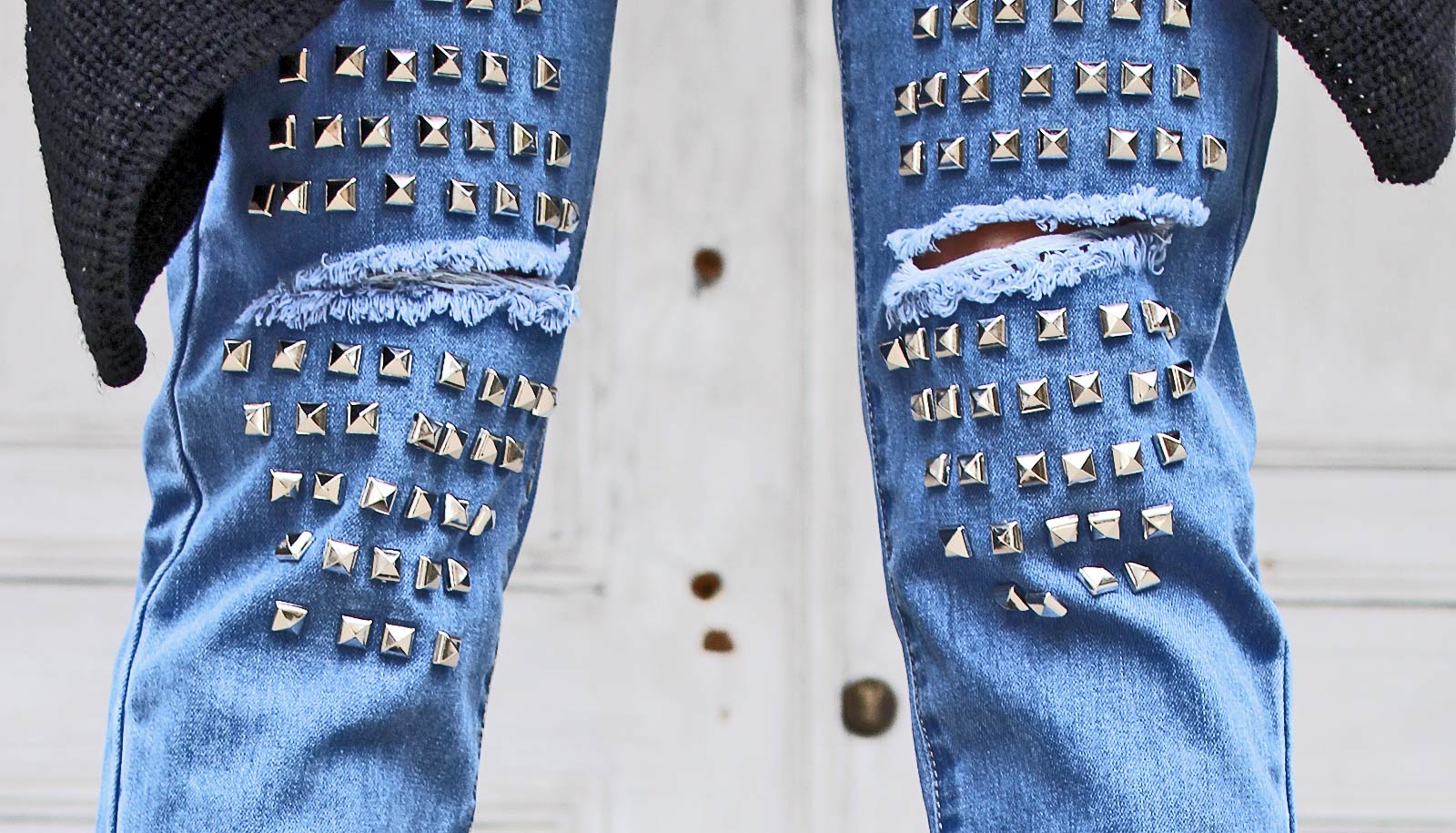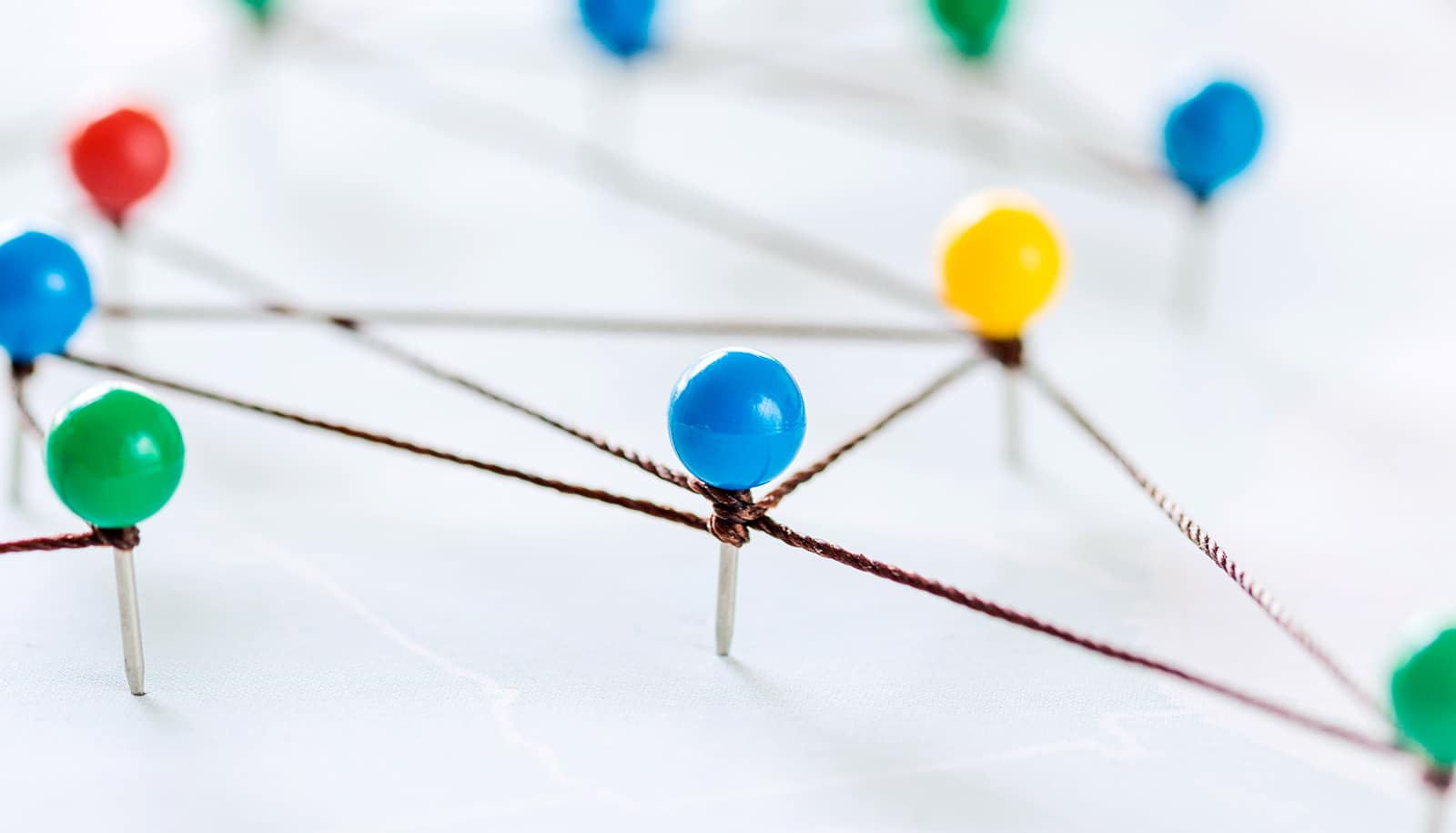An amoeba parasite bites off pieces of host cells and puts their proteins on its own surface to protect itself from attack, according to a new study.
Entamoeba histolytica causes severe diarrheal disease, mainly in tropical countries. It lives in the gut, causing ulcers and bleeding. In severe cases it can break out and invade other organs.
Amoebae and many other cells—including some that protect us from disease—are known to “eat” other cells by engulfing them completely, a process called phagocytosis.
“We’re very excited about how this ties into amoebic infection and into broader themes in cell biology,” says Katherine Ralston, assistant professor in the microbiology and molecular genetics department in the College of Biological Sciences at the University of California, Davis.
Ralston discovered that Entamoeba could also pinch off small pieces of human cells, a process she calls trogocytosis or “cell nibbling.”
“The amoeba quite literally takes bites out of other cells,” Ralston says.”This nibbling is how it attacks individual cells, and we think this is how it causes ulceration and damage to the human intestine.”
Scientists have also described cell nibbling in other parasitic amoebae—and also in multi-cellular organisms. Immune system cells, for example, can swap pieces of their surface with each other by biting them off.
“We thought that if amoebae can take proteins from host cells and put them on their own surface this would have a functional effect on how they survive in the body,” says graduate student Hannah Miller.
The body produces a set of proteins in the blood, called “complement,” that can attack parasites and bacteria. Your own cells carry proteins that prevent them from a complement attack.
Miller, Ralston, and Rene Suleiman, another graduate student in the lab, found that when they put the amoebae in contact with human cells, they could take these protective proteins and put them on as a sort of “complement camouflage.
“Human serum killed regular Entamoebae, but amoebae that had camouflaged themselves survived. This camouflage could protect them from complement as they migrate through the blood around the body, Miller says.
Next steps include understanding which proteins transfer, how they interact with complement, and what happens to them after they are nibbled off another cell. Do they go straight into the amoeba’s membrane, or are they processed internally first?
They also want to know more about trogocytosis in general. Why are some cases benign, but others lead to cell death? The process may also be important for understanding behavior of cancer cells and how we can kill them.
“We’re really excited that this decoration with acquired proteins might apply to trogocytosis in general, because we’re realizing that it’s important in so many contexts,” Ralston says.
The Pew Charitable Trusts funded the work, which appears in mBio.
Source: UC Davis


